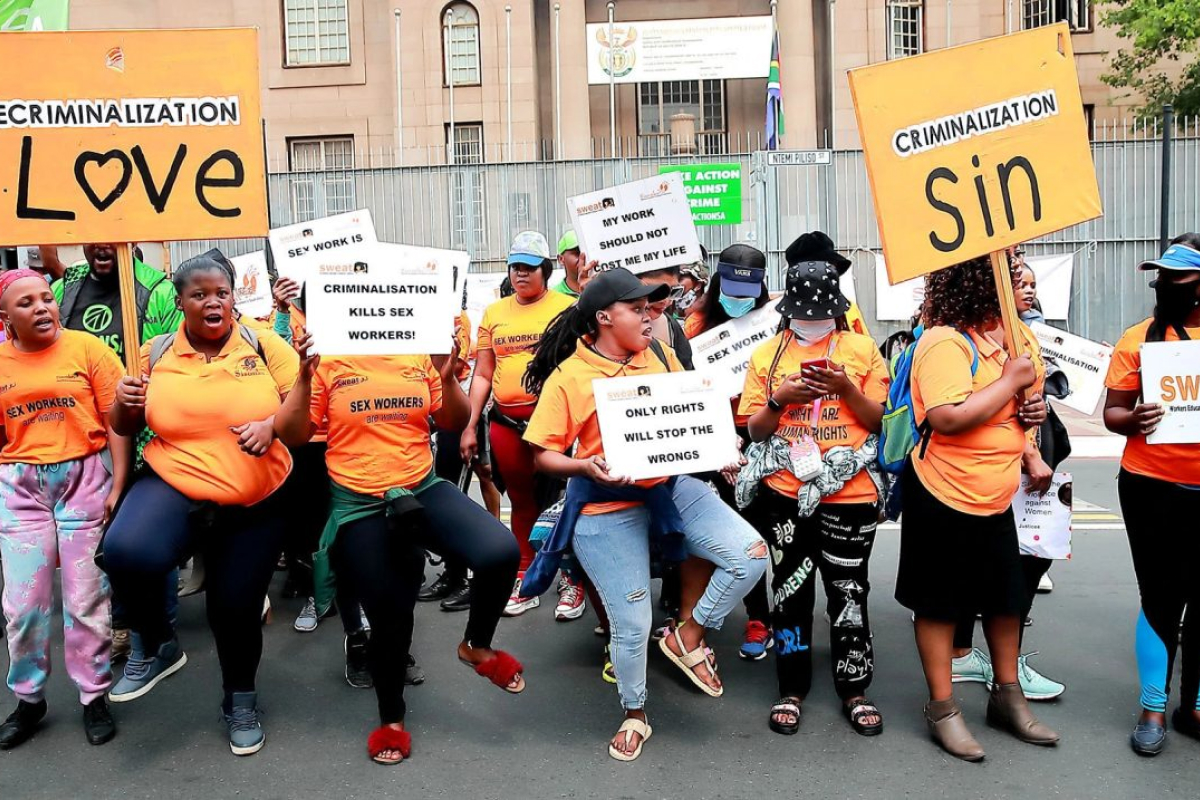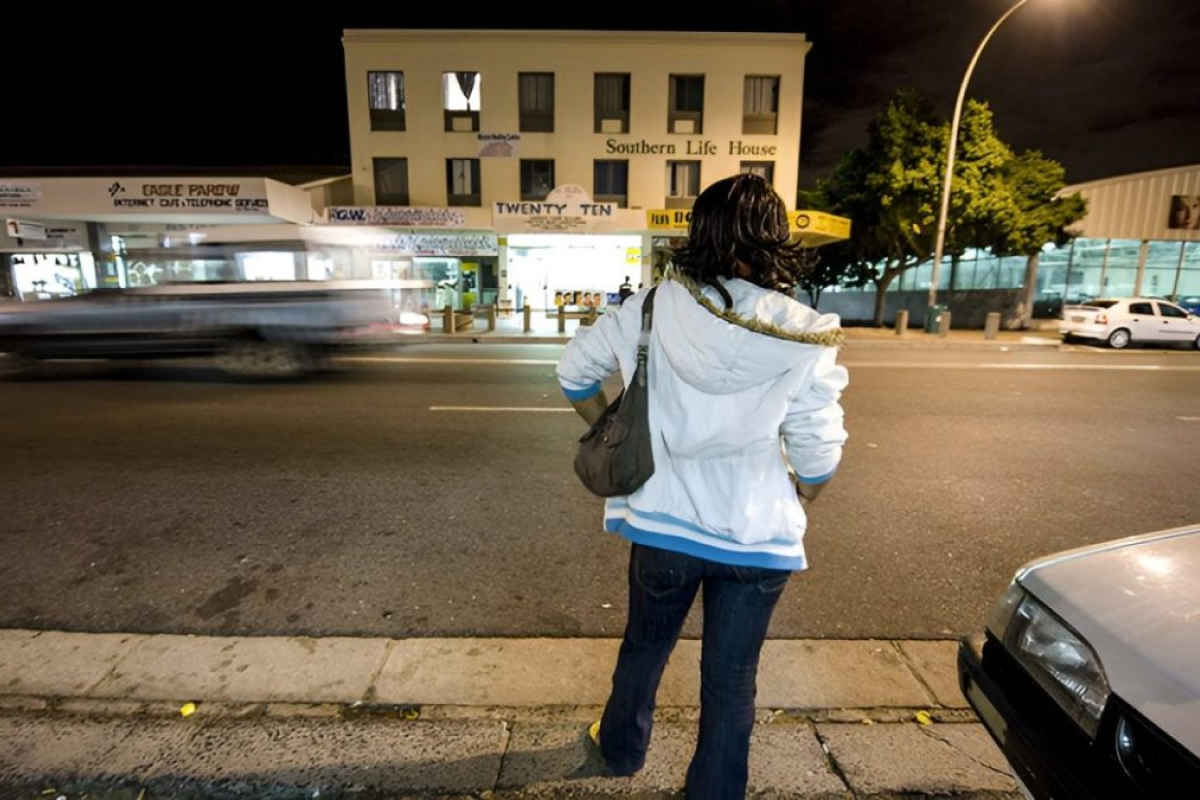The recent release of the SA Human Rights Commission’s report on Joshua Generation Church and corporal punishment has sparked the debate online and in the media again. As before, the same arguments seem to come up. Here are eight common myths about corporal punishment that I have recognised which usually come up in defence of the practice.
There are of course many variations on these. I’d love to hear about others if there are any out there. The one linked to the belief in ‘reasonable chastisement’ is quite popular in facebook comments right now. It’s understandable that people feel that they need to separate their own behaviour or their parents’ behaviour from an apparent accusation that they are using violence. I actually also used to believe that there is a difference between abuse and well-meaning discipline in the form of corporal punishment.
I count myself lucky that I have had the good luck to learn that there are much better ways of parenting and childcare, and in fact that there are many things that are wrong and bad about well meant corporal punishment. I am a parent, and I am happy to report that I have never had any urge to hit my daughter. She is exceptionally well behaved for a two year old. Interacting with her has left me hurt and angry at times, but I have never felt the need to hurt her to comply with my will.
The point I’d like to get across to those of you who feel uncomfortable (when I mention the fact that corporal punishment is equated to violence) is the point that we are living in a violent culture, and you did not know better – I hope! So the way to get away from the discomfort is to learn how to step away from the violence, not to deny it. Here are eight common myths that keep us all perpetuating the violence. All of them are elaborated on at this link, where I posted the detailed fact sheets and sources for my claims.
Myth number 1:
“If we ban corporal punishment in the home, we will make criminals out of parents.”
It is obviously not in the best interest of a child to remove parents. The state intervention will be a social worker, not a police officer, unless it has escalated to serious assualt.
Myth number 2:
“My culture says I should hit my children to punish them”
All cultures have made this claim at some point, so it’s in fact not a culturally unique statement. There’s also good evidence to show that the practice was introduced by colonists who used to flog their slaves.
Myth number 3:
“Schools are ill disciplined and violent now that teachers can’t use corporal punishment”
Discipline starts at home, with the foundation of a good relationship between parents and children. The rates of teachers using corporal punishment are in any case still very high. Between 65 and 90 % of children are exposed to corporal punishment at schools across SA.
Myth number 4:
“There is a big difference between child abuse and corporal punishment used to discipline a child”
Lots of studies show the harmful effects of well-meant light corporal punishment, including lower IQ later in life. Any corporal punishment, no matter how light, is more harmful than no corporal punishment.
Myth number 5:
“The Bible gives me the right and duty to spank my children: spare the rod and spoil the child”
Religious rights are superceded by the basic human right to security of person and freedom in the South African constitution. We also don’t stone our neighbors when they burn their braai either. So why do we pick this practice to follow?
Myth number 6:
“I have to discipline my child – and that means to punish them physically.”
Huge difference between discipline and punishment. Children need boundaries and good discipline. Using physical punishment is in fact quite an undisciplined thing to do. Young children especially learn via imitation. So when you punish them, all they learn is punishment, not the preferred behavior.
Myth number 7:
“Government should not interfere in the private sphere”
The same argument was used to defend domestic violence. Any violence, regardless of who it is used against, should be outlawed.
Myth number 8:
“Under common law corporal punishment in the home is legal, and that makes it acceptable.”
The common law rule that allows parents to use ‘moderate’ physical violence on children infringes on the rights of the child – in particular the rights protected by sections 12 and 28 of the Bill of Rights.
Section 12(1)(c) states that everyone has the right to freedom and security of the person, which includes the right “to be free from all forms of violence from either public or private sources”. Section 12(2)(b) also guarantees for everyone the right to bodily and psychological integrity which includes the right “to security in and control over their body”.
Okay, so there you are. Follow up if you’re interested. Another frequent response we get from parents and caregivers is the request for a better method or alternative. There are lots of manuals and books on the topic. Just Google ‘Positive Discipline’ and you’ll have a good start. The most important step is however much simpler and much harder: it is the personal decision that you have to make to never again intentionally hurt your child, for whatever reason.








